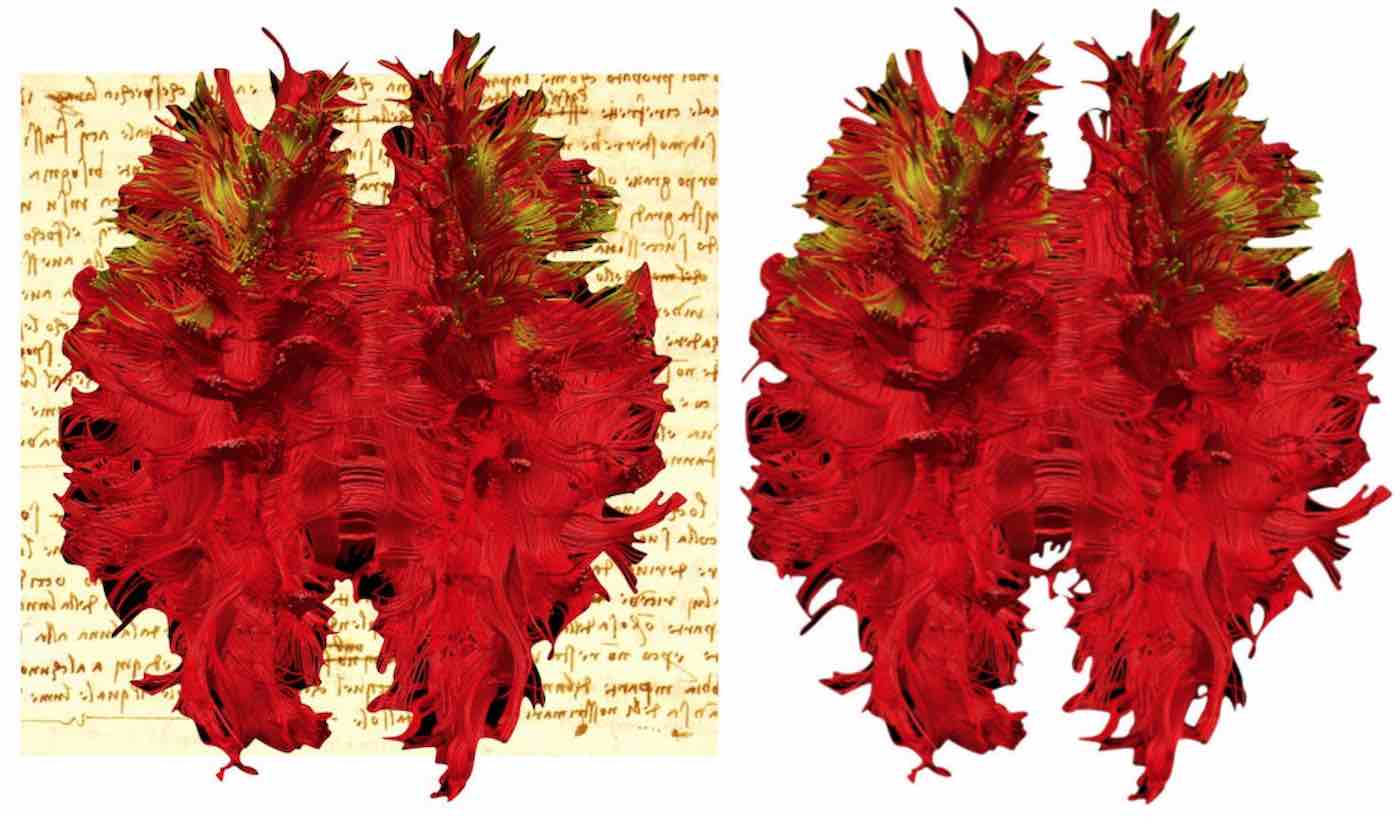Leonardo da Vinci produced some of the world’s most iconic art, but historical accounts show that he struggled to complete his works.
500 years after his death, researchers from King’s College London suggest the best explanation for Leonardo’s inability to finish projects is that the great artist may have had attention deficit and hyperactivity disorder (ADHD).
In an article that was published this week in the journal BRAIN, Professor Marco Catani lays out the evidence supporting his hypothesis, drawing on historical accounts of Leonardo’s work practices and behavior.
ADHD is a behavioral disorder characterized by continuous procrastination, the inability to complete tasks, mind-wandering, and a restlessness of the body and mind. While most commonly recognized in childhood, ADHD is increasingly being diagnosed among adults including university students and people with successful careers.
As well as explaining his chronic procrastination, ADHD could have been a factor in Leonardo’s extraordinary creativity and achievements across the arts and sciences.
“While impossible to make a post-mortem diagnosis for someone who lived 500 years ago, I am confident that ADHD is the most convincing and scientifically plausible hypothesis to explain Leonardo’s difficulty in finishing his works,” said Professor Catani, who is from the college’s Institute of Psychiatry, Psychology and Neuroscience.
“Historical records show Leonardo spent excessive time planning projects, but lacked perseverance,” he added. “ADHD could explain aspects of Leonardo’s temperament and his strange mercurial genius.”
Leonardo’s difficulties with sticking to tasks were pervasive from childhood. Accounts from biographers and contemporaries show Leonardo was constantly on the go, often jumping from task to task. Like many of those suffering with ADHD, he slept very little and worked continuously night and day by alternating rapid cycles of short naps and time awake.
Alongside reports of erratic behavior and incomplete projects from fellow artists and patrons, including Pope Leone X, there is indirect evidence to suggest that Leonardo’s brain was organized differently compared to the average person. He was left-handed and likely to be both dyslexic and have a dominance for language in the right-hand side of his brain, all of which are common among people with ADHD.

Perhaps the most distinctive and yet disruptive side of Leonardo’s mind was his voracious curiosity, which both propelled his creativity and also distracted him. Professor Catani suggests ADHD can have positive effects, for example mind-wandering can fuel creativity and originality. However, while beneficial in the initial stages of the creative process, the same traits can be a hindrance when interest shifts to something else.
Catani, who specializes in treating neurodevelopmental conditions like autism and ADHD, says: “There is a prevailing misconception that ADHD is typical of misbehaving children with low intelligence, destined for a troubled life.
WATCH: Art Teacher Cheers Up Stressed-Out Students By Hosting ‘Bob Ross Flash Mob’ With Wigs and Paints
“On the contrary, most of the adults I see in my clinic report having been bright, intuitive children, but develop symptoms of anxiety and depression later in life for having failed to achieve their potential.”
“It is incredible that Leonardo considered himself as someone who had failed in life. I hope that the case of Leonardo shows that ADHD is not linked to low IQ or lack of creativity but rather the difficulty of capitalizing on natural talents. I hope that Leonardo’s legacy can help us to change some of the stigma around ADHD.”
Reprinted from King’s College London
Be Sure And Share The Inspiring News With Your Friends On Social Media…




















